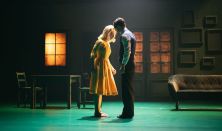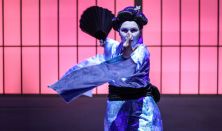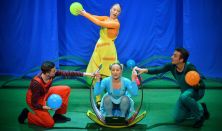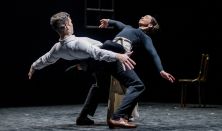The original work tells the story of a perfectly crafted and executed series of crimes, whose protagonists—and victims—are ordinary people who, willingly or unwittingly, have committed some kind of crime that has not been properly punished or absolved.
Reading the novel, the question arises: who is the real culprit and who is the real victim? How many crimes that affect us, our immediate environment, or even the whole of humanity take place right before our eyes? We see the clues, the signs of sin, but to no avail—we cannot or will not act, and the sinners continue to live their lives unbeknownst to others.
Our surreal new production helps individual fates unfold, prompting us to ask ourselves: are we victims or culprits, and can we do anything about either if we have been recognised or have been made to recognise them?
Performed by the dancers and guests of the Inversedance Company
Choreographed by Zoltán Fodor and the Inversedance
Music: Atilla Gergely
Scenography and lighting design: Zoltán Fodor
Set: Tamás Rákay
Costume: Diána Sára Veréb
Dramaturgy: Károly Juhász
Video: László Dinea
Production Manager: Zoltán Sándor
Technical Assistant: Attila Petróczy










